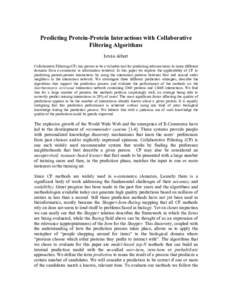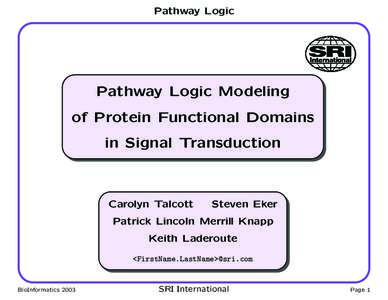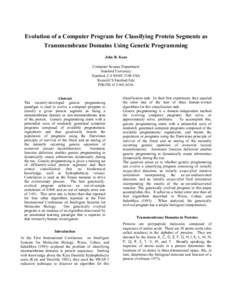<--- Back to Details
| First Page | Document Content | |
|---|---|---|
 Date: 2012-01-30 19:33:31Protein structure Protein domains Heat shock proteins Organelles Endoplasmic-reticulum-associated protein degradation Erad Thioredoxin domain Binding immunoglobulin protein Chaperone Biology Cell biology Proteins |
Add to Reading List |
 5 Life Science PF Activity Report 2010 #28 Structural Basis of an ERAD Pathway Mediated by the ER-Resident Disulfide Reductase ERdj5
5 Life Science PF Activity Report 2010 #28 Structural Basis of an ERAD Pathway Mediated by the ER-Resident Disulfide Reductase ERdj5

